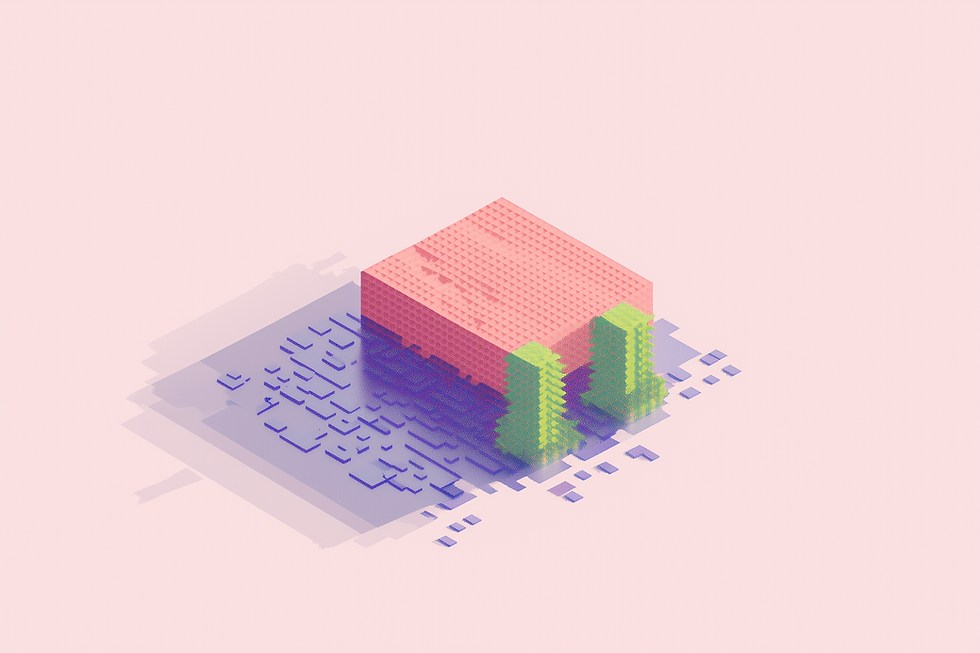AI fluency is in high-demand, but what does it mean to be fluent?
- Yoshi Soornack
- Jun 8
- 2 min read

Just last week, Zapier quietly shifted its hiring bar: every new joiner must now be fluent in AI. The move hints at something deeper than tool skills. It signals a workplace where AI is the default interface, shaping how we think, decide, and build.
As we move through the AI age, the definition of what it means to be AI-literate is in flux (excuse the pun), yet is becoming ever-more paramount. While studying, at work, or on our projects, a single question remains: how well can we think with machines?
Below is a distilled map we've created that you can use to guide your AI fluency. Use it as a mirror, not a manual.
What it means to be “AI-fluent” in 2025
# | competency | why it matters |
1 | hands-on tool fluency | chooses, prompts, and chains today’s models to deliver real work. |
2 | foundational model insight | explains, in plain language, how large models learn, fail, and differ. |
3 | critical prompt craft | breaks problems into steps, designs multi-turn prompts, and validates outputs. |
4 | ethical and privacy judgement | detects bias, hallucination, and data risks early, then curbs them. |
5 | collaborative augmentation | weaves AI into team rituals, raising collective throughput. |
6 | continuous learning habit | tracks new releases, experiments swiftly, retires the obsolete. |
7 | domain application skill | tailors AI to the niche, whether workflow automation or project delivery. |
8 | impact measurement and story | defines success metrics, runs pilots, communicates value with clarity. |
9 | creative exploration | uses generative and agentic tools as catalysts for new ideas. |
10 | AI-first culture fit | treats AI as the default way to work, shares practices openly. |
11 | regulatory and risk awareness | understands the AI Act and aligns practice to it. |
12 | data stewardship and security | sources, cleans, and stores data responsibly, anticipates abuse. |
13 | multimodal and agent orchestration | blends text, vision, code, audio, and autonomous agents for end-to-end solutions. |
14 | sustainability lens | weighs compute cost and carbon impact when picking or tuning models. |
Think of literacy not as fixed knowledge but as an evolving relationship with technology. Practice, reflection, and curiosity will matter more than certificates.
The next wave is less about building smarter machines, more about nurturing people who can partner with them.

Comments